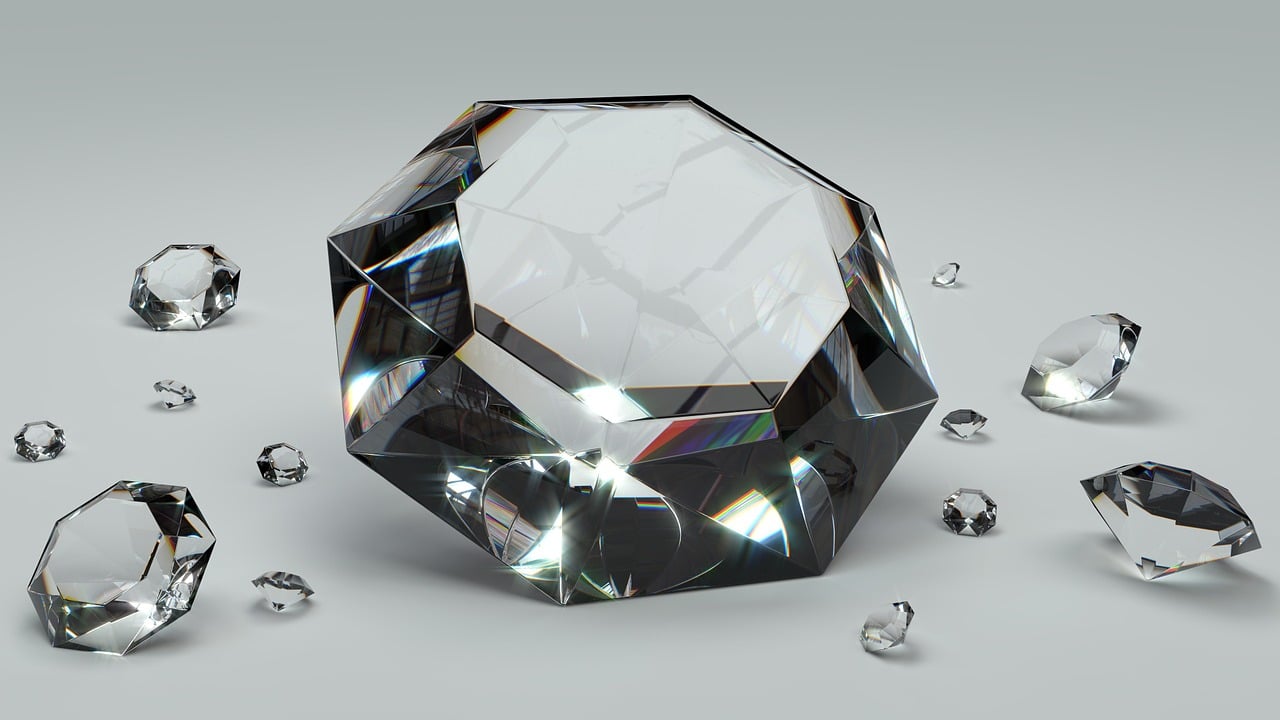Consider the diamond. Not as an object of natural beauty but as an asset class. Diamonds represent a natural commodity worth about $1.5 trillion whose value is universally recognized, yet they have never been useful as an institutional investment. The reason for this is also one of the things that makes diamonds a symbol of love and commitment—each diamond is unique.
It’s this fundamental lack of similarity and fungibility that has bedeviled institutional investors and ETFs. Add to that the diamond industry’s inefficient supply chain, high transaction costs, and general opacity. The majority of diamonds sold at retail change hands five to eight times en route, with the price going up with each trade. The much smaller investment diamond market operates through auction houses with 12-18% commissions, which when combined with other fees can be as much as 36% of the final price.
Q1 hedge fund letters, conference, scoops etc
Every other common natural resource has a liquid, global financial exchange, where supply and demand are consolidated, and trades are cleared at a transparent, market discovered price. This has never existed for diamonds, meaning that there has been no fungibility, no price discovery and no real liquidity.
What’s a Diamond Worth?
The biggest problem in considering diamonds as an investible asset class is that the investor can never be sure what a diamond is worth. Every ounce of gold, on any given day, has the same trading price, but since every diamond is unique the price is pretty much whatever the seller can get for it.
So how are diamond prices set?
The standards used to grade polished diamond quality focus on the four Cs—cut, color, clarity, and carat weight. Cut determines how much sparkle the stone will exhibit. Color is rated on a scale going from D (colorless) to Z (yellow), with each grade representing a small range. Clarity is a rating of the stone’s internal purity and the fewer imperfections, the rarer, and thus more valuable, the diamond. Carat is the measure of diamond weight, with one carat equaling 0.2 grams. The price per carat rises as diamonds get larger as a reflection of their increasing rarity. But even after considering those four characteristics, prices can be fluid based on subjective factors as well as supply and demand, cash vs credit and what’s in fashion.
Relative Scarcity is a Better Metric Than Any of the “Cs”
Color, clarity, and carat weight are interesting characteristics to examine because they are nonlinear. As a diamond gets larger, more pure and less colored it becomes more valuable. Diamonds above three carats in weight are exceedingly rare, which is why a three-carat diamond costs considerably more than three one-carat stones.
We realized early on that attempting to set a universal market price for diamonds by looking at individual diamonds is an exercise in futility. A more feasible approach would be to build sets of diamonds grouped according to their scarcity within the total supply of diamonds.
But how do you measure scarcity?
One way is by analyzing the past 50-year history of diamond grading and mapping out the frequency of every combination of those three primary gemological qualities. The result of that analysis allows the assignment of a factor weighting to the scarcity of each of those characteristics.
Using a factor-weighted model, a computer chooses sets of diamonds that fit together mathematically like a puzzle to achieve the same level of scarcity. Computer selection according to strict protocols removes human subjectivity from the process which is key. By making each set of diamonds mathematically equivalent - thus worth the same amount - they become a fungible commodity that can be priced and traded on a daily basis.
These sets of diamonds are then encased in transparent resin, forming either a coin with three diamonds or a bar with 10, with every unit of each type having equal value. Both formats contain a Bitcarbon, an integrated blockchain token attached to an encrypted, wireless antennae, which can be instantly authenticated and remotely audited.
In order to source the range of diamonds required and facilitate the anticipated increased demand, we are establishing the industry’s first regulated global, digital loose diamond exchange. The exchange is designed as a centralized limit order book, listing all types of natural diamonds. All diamonds listed on the exchange will be certified and enrolled on a blockchain registry.
The process outlined above allows diamonds to be grouped into verifiable sets of equal value, manufactured into a digital and physical commodity with a single, market-determined price and connected to a blockchain making them transparently traceable and transactable. This new asset class can be used for investment purposes by institutional investors or ETFs, not to mention opening up a range of other new investment opportunities.






